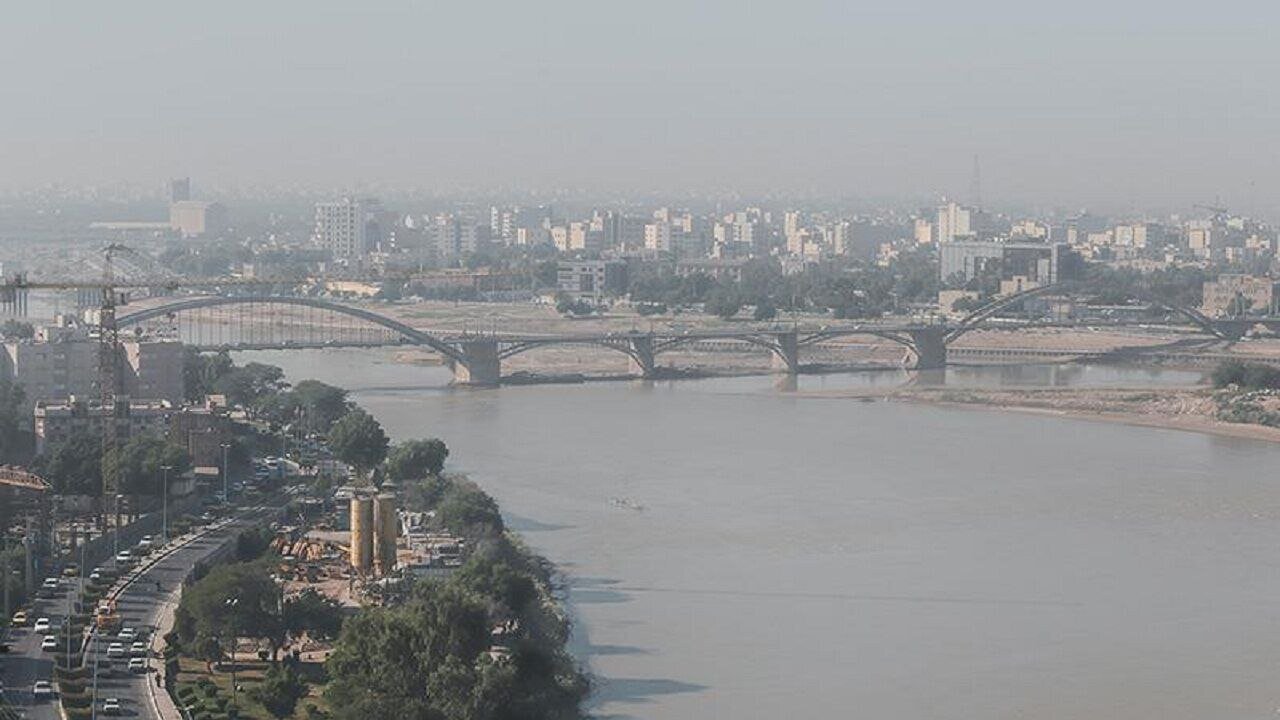Air pollution contributes to 16 increase in mortality
Air pollution contributes to 16% increase in mortality
TEHRAN –According to national studies, exposure to air pollution is associated with a 16 percent increase in mortality increasing deaths from cardiovascular diseases, and lung cancers by 27 and 28 percent, respectively.

Air pollution is contamination of the indoor or outdoor environment by any chemical, physical, or biological agent that modifies the natural characteristics of the atmosphere.
The World Health Organization (WHO) has called air pollution one of the greatest environmental health risks. In recent years, air pollution has killed more than seven million people due to increased risk of stroke, heart, and lung cancers, as well as other ailments.
Studies show that fine particles, known as particulate matter, are less than 2.5 microns on cold days in Tehran. The chemical composition of the particulate matter varies by location, time, and climate, IRNA reported.
Emission sources of fine particles include a variety of combustion activities (motor vehicles, power plants, wood burning, etc.) as well as specific industrial processes. These particles are emitted directly or as secondary pollutants in the atmosphere.
In general, the main sources of particulate matter emissions are fuel combustion such as burning coal and wood, diesel engines, industrial and agricultural processes, and vehicle emissions. Suspended particles generally affect the air quality during the cold months.
Numerous scientific studies on particles show that exposure to the particles causes many health problems including premature death in patients with heart and lung diseases, non-fatal heart attacks, irregular heartbeats, lung cancer, exacerbation of asthma, decreased lung function and increased respiratory symptoms, reduction in fertility rates, and ultimately it leads to a decrease in life expectancy.
Moreover, excessive use of fertilizers and chemical poisons have caused soil pollution and contaminated food products can negatively affect the health of future generations. Degraded lands reduce food resources while increasing food insecurity, influencing childbearing desire among families.
According to a report released by the Health Ministry, air pollution in Iran leads to 50,000 deaths each year, of which 7,000 occur in Tehran.
Air pollution also accounts for 2,029 and 661 deaths in Isfahan and Arak, respectively. Costs of air pollution on the health system in Isfahan amount to 796 million dollars, and in Arak, it is equal to 2 million 564 thousand dollars.
Therefore, people with heart or lung problems, the elderly, and children should avoid any outdoor activities, and other people should also limit prolonged and heavy activities outdoor, they should all avoid exercising outdoors.
Environmental regulations, enforcement of strict laws, and the development of renewable energy are essential to curb air pollution.
Raising public awareness of the harmful effects of pollution and training the ways to deal with it, improving waste management systems, sewage, and water treatment, and improving public health via the development of health services in deprived areas are some other effective measures to address air pollution.
According to WHO, air quality is closely linked to the earth’s climate and ecosystems globally. Many of the drivers of air pollution (i.e. combustion of fossil fuels) are also sources of greenhouse gas emissions.
Policies to reduce air pollution, therefore, offer a win-win strategy for both climate and health, lowering the burden of disease attributable to air pollution, as well as contributing to the near- and long-term mitigation of climate change.
MT/MG
source: tehrantimes.com